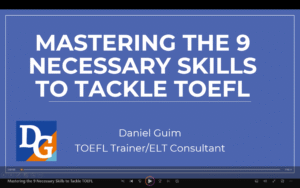If you’ve been reading my blog over the past year or so, you’ve probably read how I edited Luiz Otavio Barros’s book English in the News. In case you haven’t read it and would like to do so, you can read it here.
I was pleasantly surprised when Luiz wrote me about a month ago asking me to be one of the editors of his new book, The Academic Writing Lifesaver.
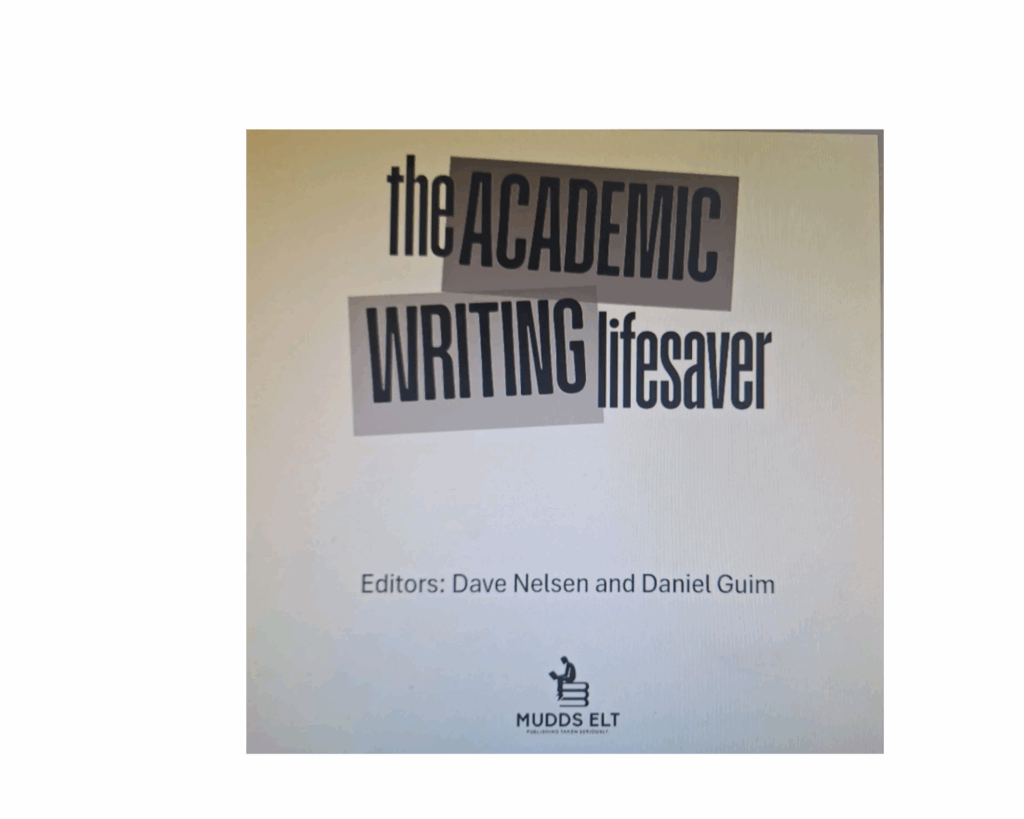
What was the process like?
The process was pretty straightforward. Luiz sent me the manuscript and I read it, looking for grammar errors, typos, and anything that didn’t come across as “natural”. I then put my thoughts into the document along with suggested changes.
As changes were made, I had to cross check that they were uniform. This included ensuring that changes to the exercises were also made in the answer key and vice versa. It was a bit tedious, but an important part of the process. I found that investing in a second monitor was really helpful with looking at multiple parts of the manuscript at the same time.
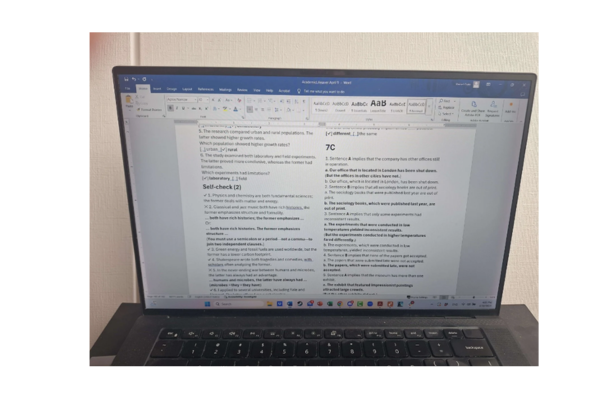
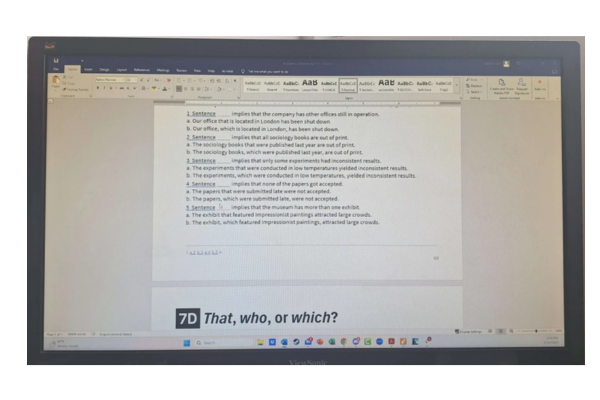
At the end of each day (or every few days, depending on my workflow), I sent Luiz the updated manuscript. He then let me know any concerns that he had, and we made adjustments as needed. The entire process was about 3 weeks.
What’s the final product?
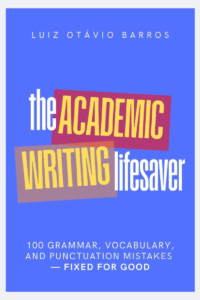
The full title is “The Academic Writing Lifesaver: 100 grammar, vocabulary, and punctuation mistakes- fixed for good”. It’s for a variety of people: C1/C2 level students that want to improve their academic writing, students taking advanced tests such as TOEFL, IELTS, or CAE, or even college students that whose first language is English but that have difficultly with the finer points of grammar and vocabulary.
One thing that I really like about the book is how the information is presented in bite-sized units. There’s a focus on one topic, and Luiz gives plenty of examples of the correct and incorrect usage. Each unit also has short self-check exercises to practice what you’ve just learned.
I also like how versatile the book is. Students can go through unit by unit to study on their own, but as a teacher I could also work through the book with students. There’s also the possibility of requiring them to buy the book as a reference, only requiring them to complete units relevant to their individual mistakes or misunderstandings.
Conclusion
I was honored that Luiz considered me for this project. He’s someone that I really admire in the field of ELT, and seeing his success as a self publisher of many books gives me faith in my ability to one day do the same.
In terms of my skills, I feel like editing and proofreading is an area where I excel. While focusing on small details too much can be a drawback in some situations, I feel like it’s crucial to consider how word choice and correct grammar and usage shapes the way that ideas come across to readers.
If you’re interested in purchasing The Academic Writing Lifesaver, you can buy the physical copy or ebook from Amazon by clicking here. If you’d like to learn more about Luiz Otavio Barros, here is a link to his LinkedIn profile.
If you’re interested in getting your writing edited for publication, a postgraduate application, or any other purpose, feel free to leave a comment or get in touch through my website.
Thanks for reading and I hope that this helps anyone interested in self-publishing or editing work.

